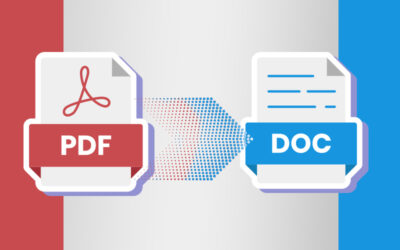 Reading and learning online have become the favorite pastime of many people around the globe. Many e-books are now available online that makes reading easier without the need to carry heavy physical books. For businesses too, e-books are a great marketing tool. They help generate leads, and are wonderful options to collect information regarding prospective customers, provide them information regarding your company, services and products, and ensure conversions. Digital books can be accessed on any digital device with the help of compatible software. Many e-book conversion companies offer easy transformation of your paper assets into digital books.
Reading and learning online have become the favorite pastime of many people around the globe. Many e-books are now available online that makes reading easier without the need to carry heavy physical books. For businesses too, e-books are a great marketing tool. They help generate leads, and are wonderful options to collect information regarding prospective customers, provide them information regarding your company, services and products, and ensure conversions. Digital books can be accessed on any digital device with the help of compatible software. Many e-book conversion companies offer easy transformation of your paper assets into digital books.
Digital books can be easily downloaded using a computer, smartphone, laptop or any other digital device. They are a cost-efficient method of reading and many companies agree that e-books have become the gold standard in lead generation.
Around 67 percent of B2B brands say that customers read an e-book before making buying decisions and 34 percent currently use e-books in their marketing strategy. So here are some tips for creating a good e-book.
- To make your assets stand out prominently use the service of internal or external subject matter experts. This can really boost the effectiveness of the e-book. Use of SEM helps improve the quality and ensure that you are giving your audience unique and actionable insights.
- Use engaging content and simple language that will easily put across your message to the readers. Speaking directly to your target audience in an informal way is an effective way to engage with them and this helps increase conversions.
- Using images along with the text is much more engaging than text-only formats. Custom graphics, illustrations and charts will ensure that the readers are entertained. You can also include screenshots or photos that highlight product features that will surely attract customers.
- E-books should be simple and easy to read, so take care not to use long drawn-out wording. The readers should be able to get the information that they are looking for easily. Use of citations can make the sentence long and clunky and this can take away the engaging tone from a successful B2B or B2C ebook.
- Using the correct formatting styles is important to maintain reader interest. Use bold colors and highlight data points or specific sentences to allow the readers to highlight important data.
- Use interactive features like table of contents that allows prospects to click on and directly go to certain sections they are interested in. Also, add buttons to help readers navigate easily from page to page.
The best way to create customized e-books is by partnering with a provider of e-book conversion services. They will use the right tools and strategies to develop an effective and downloadable electronic book that will take your e-book marketing goals to the next level and help increase conversions.



